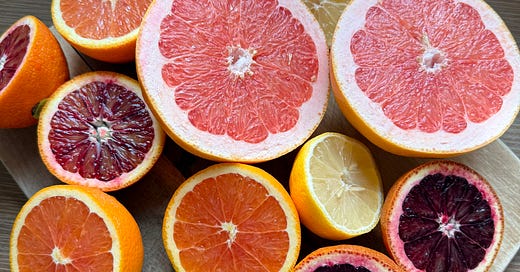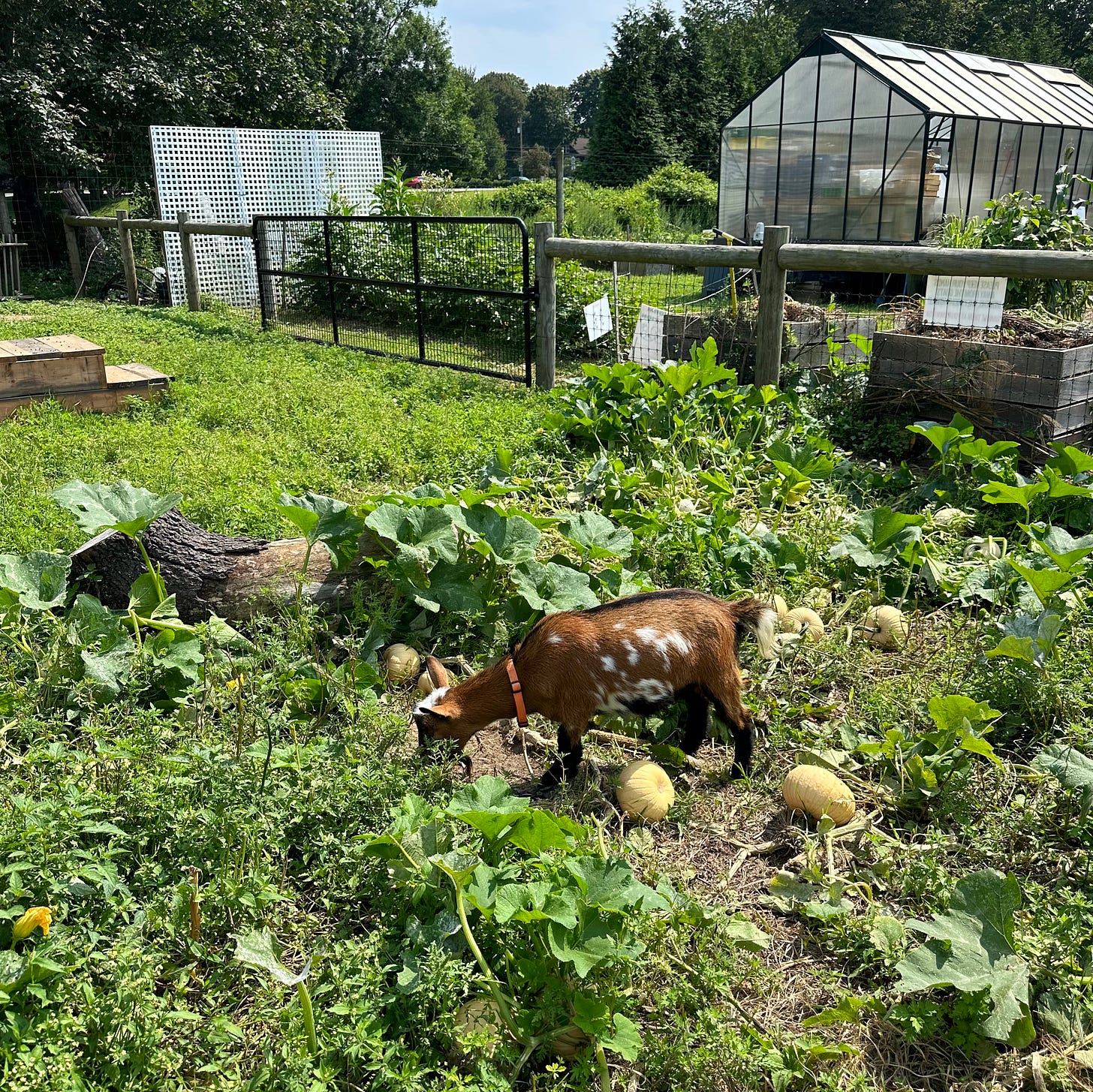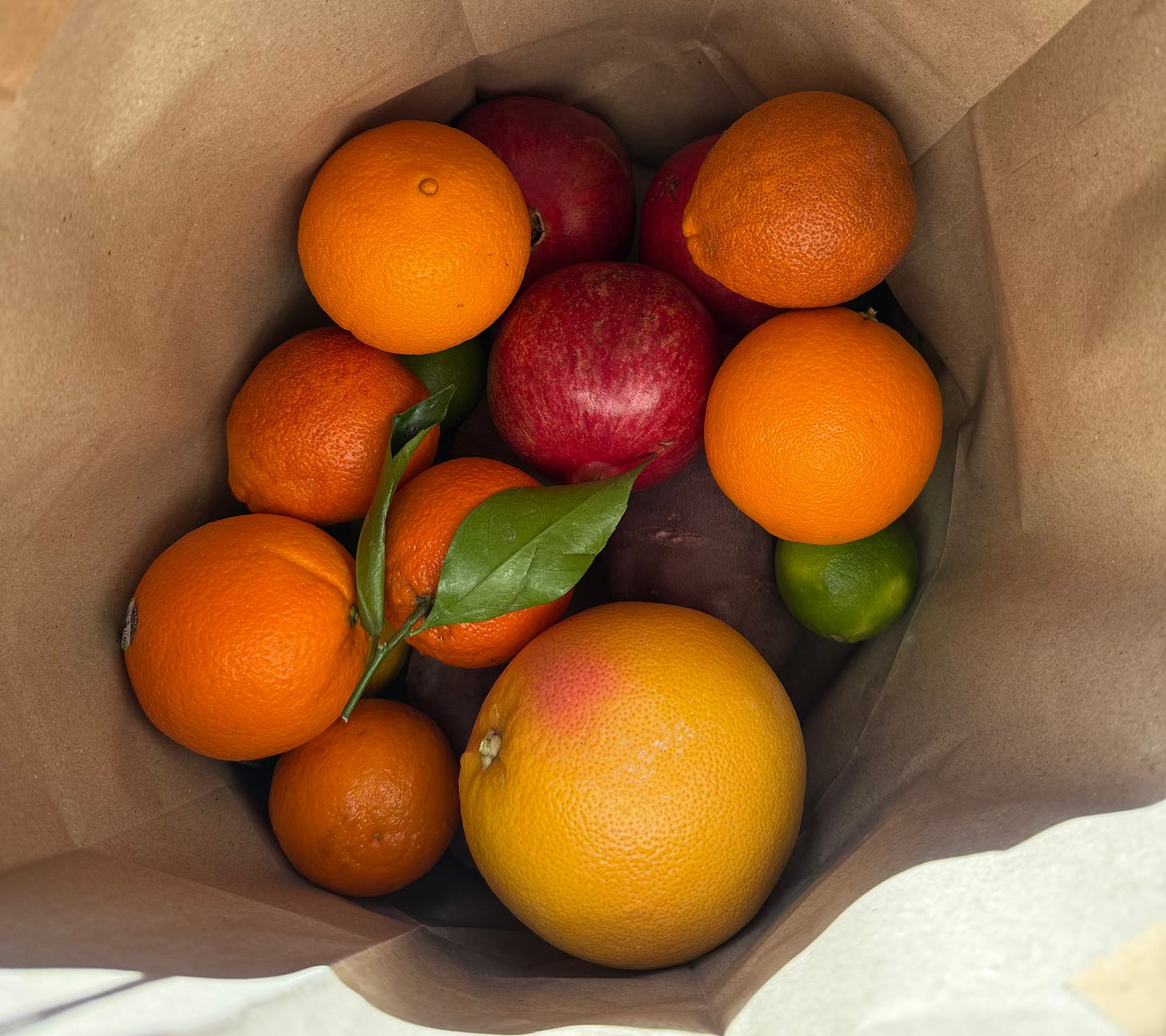I love that everyone is talking about seasonal eating. I do find it kinda funny how the traditional wisdoms — the one that bring us back to nature — are often considered revolutionary (which is just a reflection of how far we’ve strayed from the basics). But I find it beautiful more than anything.
Time & time again I notice that it is usually the simplest solutions that hold the most profound answers. It’s all the noise circulating that makes it seem more complicated. Nature and the basics are pretty much always the answer.
One of those basic pillars is seasonal eating. It is truly amazing — nature does know best. It is no coincidence that during the month our immune systems need some extra support that we are provided with an abundance of citrus, rich in vitamin C. During the colder cozier weather nature gives us grounding, warming root vegetables and squashes. And vis versa, during the hotter months we are provided with juicer, lighter, hydrating food like watermelon. It is all on-purpose, we flow directly with nature. Leaning into nature’s rhythms allows us to thrive.
On the Menu Today:
Why Seasonal Produce is Superior
Where to Find Seasonal Produce
January & February Seasonal Produce List
10+ Winter Seasonal Recipes
Why Seasonal Produce is Superior
It tastes better. When food is grown locally and in season, it is fresher because it is picked at it’s peak ripeness and takes less time to get from the farm to you. It is also more nutritious and grown naturally with the rhythms of the Earth, which gives it better flavor and texture!
It is better for the environment. I love the farmers market because you know exactly where your food came from. But what about the plastic wrapped cucumbers in your grocery store? How long did it take to get those from the plant into your hands? Oftentimes it takes long distances, car rides or plane rides (gas emissions, packaging) to get to where it is now. In addition, seasonal food is typically made without chemicals, pesticides and fertilizers that damage soil health and the environment.
It costs less. Seasonal eating is better for your wallet! It is more affordable because it is much more abundant. If local - it is also grown straight from the farm and into your hands, so the cost of storage and packaging is cut down.
It is more nutritious. Foods grown naturally, in season and locally — are grown properly. Since they are not using artificial ripening methods and no chemicals, pesticides, herbicides, etc, they are much more nutrient dense.
It provides you with a diverse amount of nutrients. Seasonal eating is the best way to get a diverse amount of nutrients into our diets! Diversity in the diet is key for a healthy microbiome/gut health. By eating seasonally, we naturally are switching it up between lots of different plants and eating the rainbow.
Supports local farmers. Supporting our local farmers helps support the community and local economy as a whole! When you buy from local farmers that use ethical farming practices, it also helps better the environment, enrich soil health, sustain the land, prevent deforestation and protect our natural resources!
Where to Find Seasonal Produce
The BEST seasonal produce comes from local farms. So I recommend checking out farmers markets near you, or physically going to a farm. A lot of good farms deliver as well — I highly recommend checking out Community Supported Agriculture’s in your area! It will connect you with your local farmers and send you a huge box of seasonal produce weekly, monthly, whatever you choose, for an incredible price! You can either search up Farmers Markets near me or CSA + your area. A few other good sites that help connect local farmers to people are:
LocalHarvest.Org
EatWild.Com
RealMilk.Com
FarmersMarketSearch.Org
ALSO if you missed it — I just created a thread in the chat and everyone is pitching in on their favorite farmers markets & farms depending on their area!!!
January&February Seasonal Produce List
Fruits
Apples
Blood Oranges
Clementines
Grapefruit
Kumquats
Lemons
Limes
Mandarins
Oranges
Persimmons
Pomegranates
Tangerines
Veggies
Beets
Broccoli
Brussels Sprouts
Cabbage
Carrots
Cauliflower
Chard
Fennel
Kale
Leeks
Onions
Parsnips
Potatoes
Radicchio
Sunchokes
Sweet Potatoes
Turnips
Winter Squash (like Acorn, Butternut, Delicata, Honeynut, Kabocha, Spaghetti)
Winter Seasonal Recipes
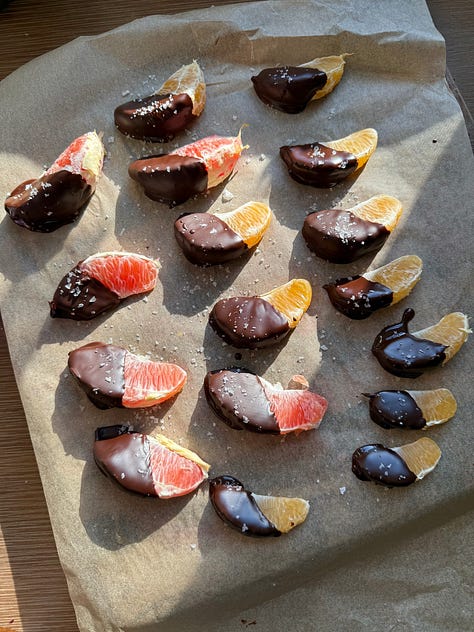
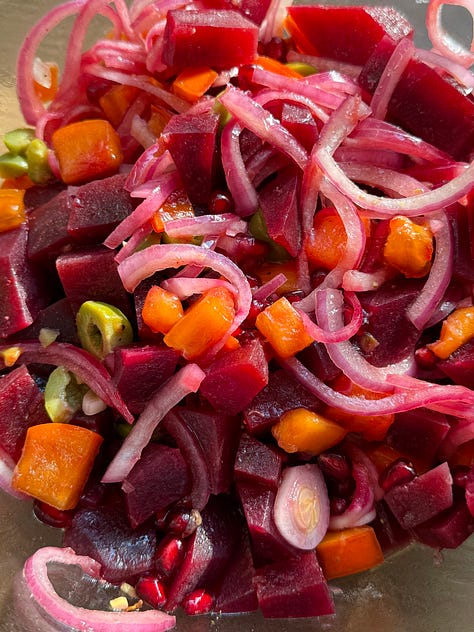


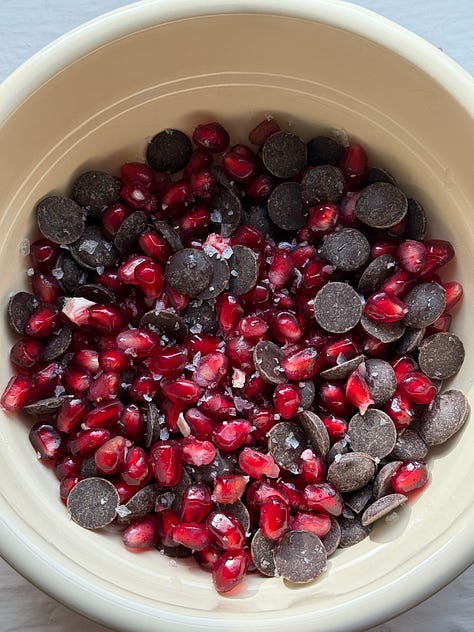




Hot Apple Cider
*Makes ~8 Cups*
PREP TIP: This can be made in advance, just seal and store in the fridge and heat up over the stovetop before serving. Can be stored for ~5 days.
Ingredients
5 medium apples (I use honeycrisp)
1 orange
2 cinnamon sticks
1 tsp cloves
1 tsp allspice
1 tbsp chopped fresh ginger
Filtered water (enough for everything to be full submerged ~8-10 cups)
For sweetness: maple syrup or honey for sweetness
Optional: a lil nutmeg & cardamom
Recipe
Wash apples and chop into pieces, add everything including the cores to a large pot
Peel orange (optional — keep peel if you want more bitter just make sure to wash), chop into pieces and add to pot
Add cinnamon, cloves, allspice and ginger to the pot and top it all off with water
Bring to a boil, then lower heat and cover
Let simmer on low for about 2 hours
After two hours, everything should be softened, use a tool to mash even more
Cover and let simmer for another 30 minutes
Remove from heat and let slightly cool before straining*
Add honey or maple syrup if you want more sweetness, and serve hot
*You can save the leftover pulp to make spiced applesauce. Remove the cinnamon sticks and leftover core and use an immersion blender or normal blender to blend until smooth, store in the fridge sealed. Will last about a week in the fridge, you can also freeze to last longer!
Citrus Electrolyte Elixir
Ingredients
Keep reading with a 7-day free trial
Subscribe to Gut Feelings to keep reading this post and get 7 days of free access to the full post archives.


